Economic Crises in P2E: What the Failures of Axie Infinity and Thetan Arena Have Taught Us

The Materials section is a rich resource for individuals and organizations with a focus on data.
With thoughtfully curated articles, timely data releases, and a store stocked with ready-to-use data sets, this section caters to your data needs, empowering you to succeed in the dynamic world of data.
Our company information section provides comprehensive information about our services, pricing, team information, and contact details.
We aim to provide our visitors with all the information they need to make informed decisions about our services and build a strong relationship with our team.

The years 2021–2022 marked the peak of the Play-to-Earn (P2E) industry. The mass enthusiasm for crypto games and the opportunity to earn from in-game tokens and NFTs attracted millions of users around the world. However, the economic model of many projects proved to be unstable.
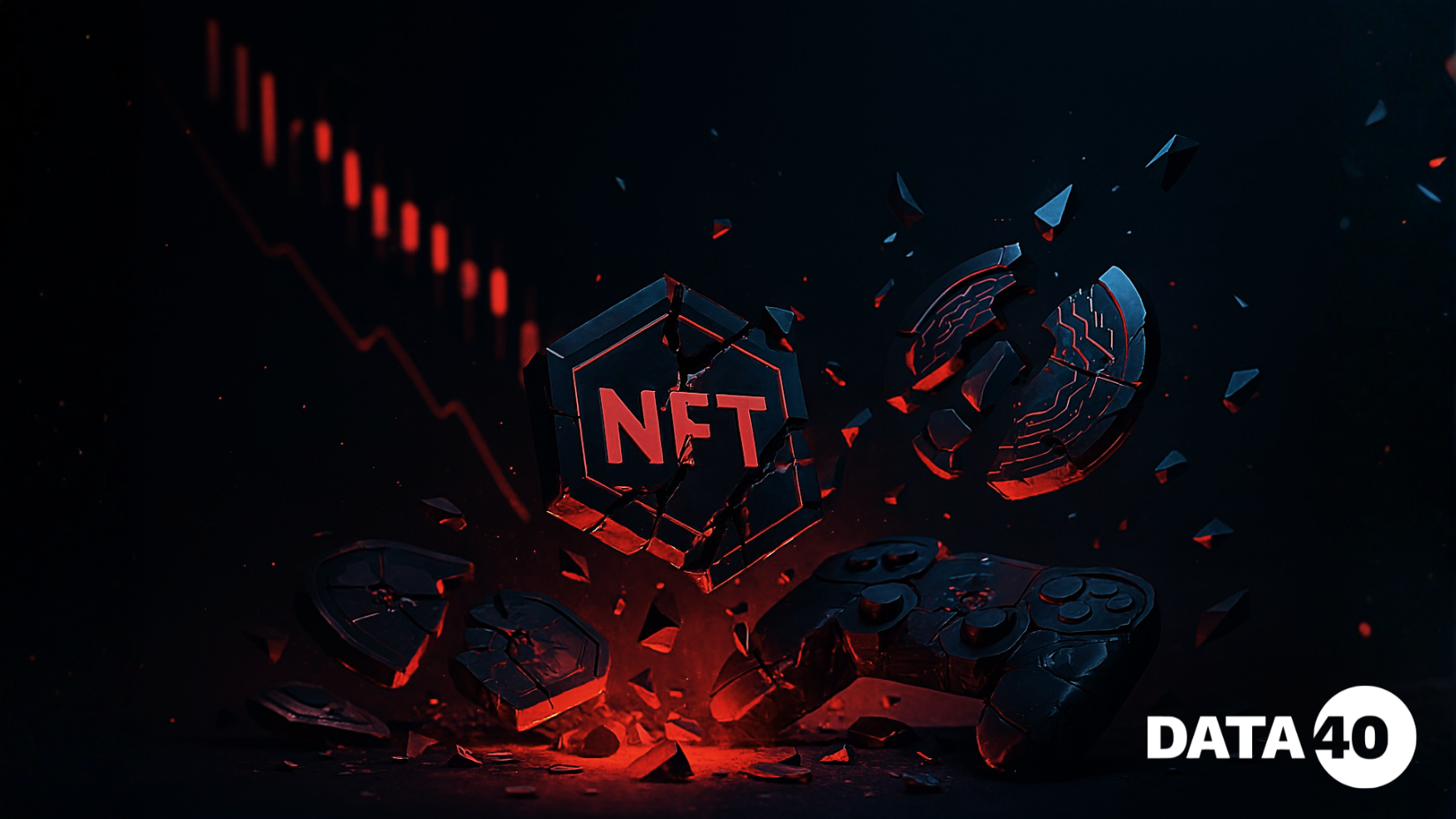
Among the projects that most clearly demonstrated the vulnerability of the P2E model, four key examples stand out. First, let’s look at Axie Infinity, a project that became a symbol of both the boom and the crisis of the industry.
About the Project
Developer: Sky Mavis.
Platforms: Windows, macOS, Android, iOS.
Main Tokens: AXS (governance token), SLP (Smooth Love Potion, in-game reward token).
Release Year: 2018.
Model: Play-to-Earn with NFT elements: players earn tokens by winning battles and breeding Axies and can trade them on the marketplace.
Growth and Success
The game became extremely popular in 2021, especially in Southeast Asia, where the number of active users exceeded 2.7 million per month. It featured a strong in-game economy based on breeding Axies, a combat system, and marketplace trading.
Problems
SLP token inflation the token issuance exceeded demand, leading to a drop in prices for all in-game assets.
Major hack: In March 2022, the Ronin network was hacked and attackers stole about US$620 million (173,600 ETH and 25.5 million USDC). Around US$30 million was later recovered, while the rest was compensated by Sky Mavis with investor support.
Outcome / Current State
The game lost much of its former popularity, and the tokens fell sharply in value. AXS dropped by about 99% from its all-time high. Developers continue releasing updates and are seeking ways to stabilize the in-game economy.
Next, let’s look at Thetan Arena, a game that became an example of rapid growth thanks to accessibility and P2E mechanics, but also showed how quickly player interest can fade when token prices collapse.
About the Project
Developer: Wolffun Games (Wolffun Pte Ltd).
Platforms: Android, iOS, PC (cross-platform).
Main Tokens:
Model: Hybrid Free-to-Play + Play-to-Earn + NFT heroes, with DAO/governance mechanics, hero rentals, and hero evolution.
Release Date: officially November 27, 2021.
Growth and Success
The game’s peak came at the end of 2021 and early 2022, when its player base surpassed 20 million registered users. Rapid growth was driven by accessibility the game was free-to-play and available on mobile devices, making it easy to join for a wide audience, especially in Asia. Dynamic gameplay and the ability to earn through P2E attracted many new players.
Problems
An oversupply of NFT heroes and characters led to a sharp drop in their value.
Declining token rewards and in-game earnings reduced player motivation.
Outcome / Current State
Later, the prices of THC and THG tokens dropped significantly, causing a decrease in user activity and a loss of part of the player base. Developers continue to update the game, add new modes and events, and work to revive interest and strengthen the in-game economy. The game still exists and remains accessible.
Now let’s consider Pegaxy, a project that gained attention with its unique NFT racing concept but later faced a crisis due to tokenomic imbalance and a decline in player interest.
About the Project
Developer: Mirai Labs.
Platforms: Mobile (Android / iOS) + web/browser support (accessible via website and wallet connection).
Main Tokens:
Model: NFT racing + breeding and renting NFT horses (Pega); PVP races, profit from top finishes, rental mechanics, RNG and strategy elements.
Release Year:
Growth and Success
Players could buy or rent Pegas, participate in races, breed and fuse them, with race outcomes influenced by random elements and strategy.
Problems
The main issue was excessive VIS token issuance; its supply grew rapidly while player demand decreased. This caused the token’s price to collapse and player earnings to fall. As profits from races dwindled, many players lost interest and left the game, further weakening the in-game economy and community activity.
Outcome / Current State
Pegaxy remains active but continues to face economic challenges.
| Common Factor | Axie Infinity | Thetan Arena | Pegaxy |
| Strong start during the hype | yes | yes | yes |
| Economic dependence on new player inflow | yes | yes | yes |
| Inflation / token oversupply issues | yes | yes | yes |
| Loss of trust / token price collapse | yes | yes | yes |
The crises of these projects reveal typical missteps of early P2E models:
A pyramid-like income structure and a lack of sustainable in-game value.
Since 2023, the P2E industry has been shifting toward a new approach. Increasingly, projects focus on:
Players who believed in the myth of “easy money” underestimated the risks and became the main victims.
Projects fell into the same trap: excessive token inflation, poor emission control, overestimation of demand, and reliance on a constant inflow of new users.
Games designed for fun turned into tools for profit; when earnings dropped, the audience left, and NFTs along with in-game assets lost their value.
oday, developers increasingly focus not on Play-to-Earn, but on Play-to-Own and Play-to-Fun. New projects aim to strictly control inflation, introduce token-burning and fund-freezing mechanisms, and make profit a secondary feature.
The P2E sector is undergoing transformation. The next generation of projects builds on the experience of Axie Infinity, Pegaxy, and Thetan Arena games that managed to endure and continue evolving.

The gaming industry is a form of mass culture, where players have a wide range of abilities. Accessibility is not a “checkbox feature” but a fundamental part of product design: […]
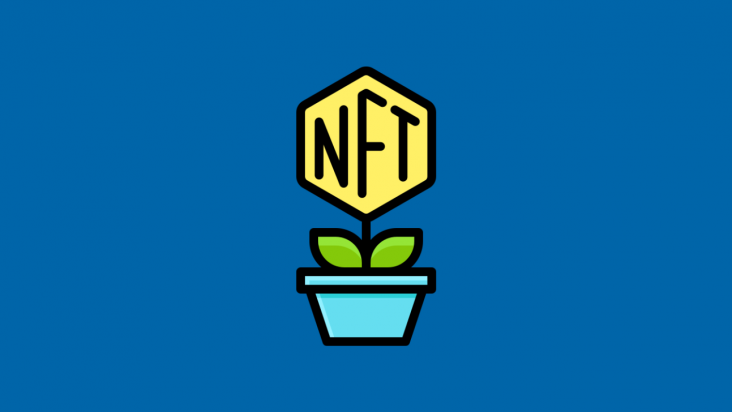
Initially, the term P2E (Play-to-Earn) was primarily associated with token farming: players in Web3 games received rewards simply for spending time in the game, usually through “token farming + selling […]

The years 2021–2022 marked the peak of the Play-to-Earn (P2E) industry. The mass enthusiasm for crypto games and the opportunity to earn from in-game tokens and NFTs attracted millions of […]
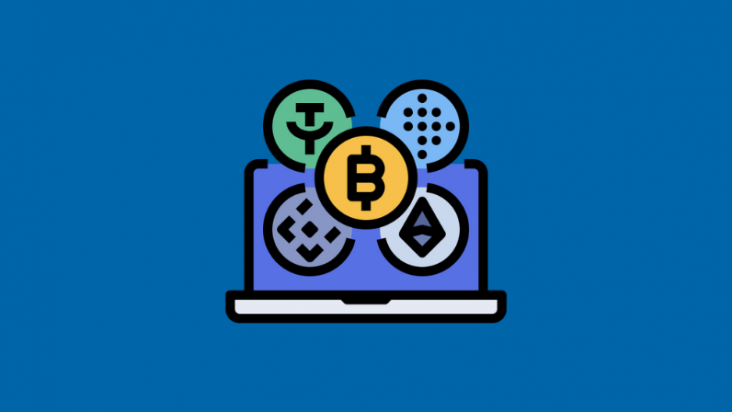
Cryptocurrency casinos have already ceased to be a niche “gimmick” and have become a large segment of iGaming. Over the past few years, the industry has adopted provably fair, accelerated […]
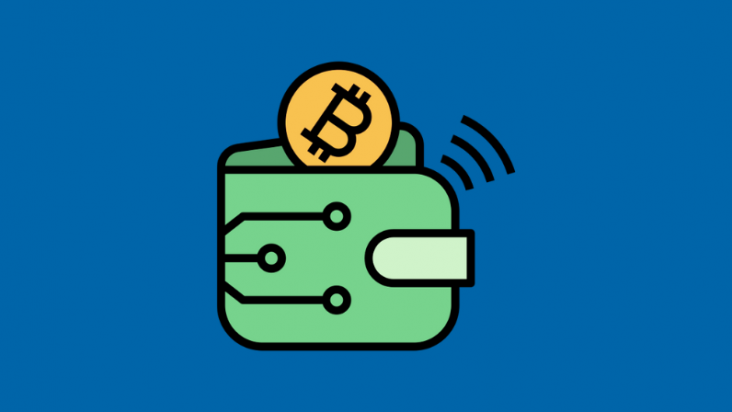
Thanks to blockchain technology, decentralized online casinos are gaining popularity among players, offering fairness, transparency, and full control over their funds. These innovative platforms open new opportunities for gambling enthusiasts, […]
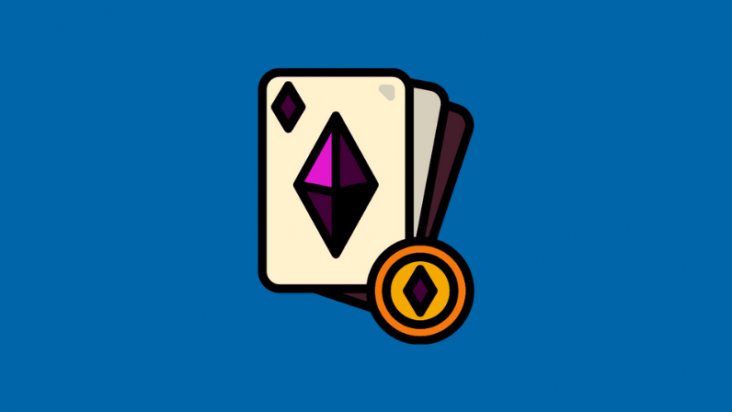
Modern crypto casinos provide the ability to play from any device thanks to a combination of browser-based technologies and blockchain infrastructure. Most platforms use HTML5 and Web3, making games compatible […]